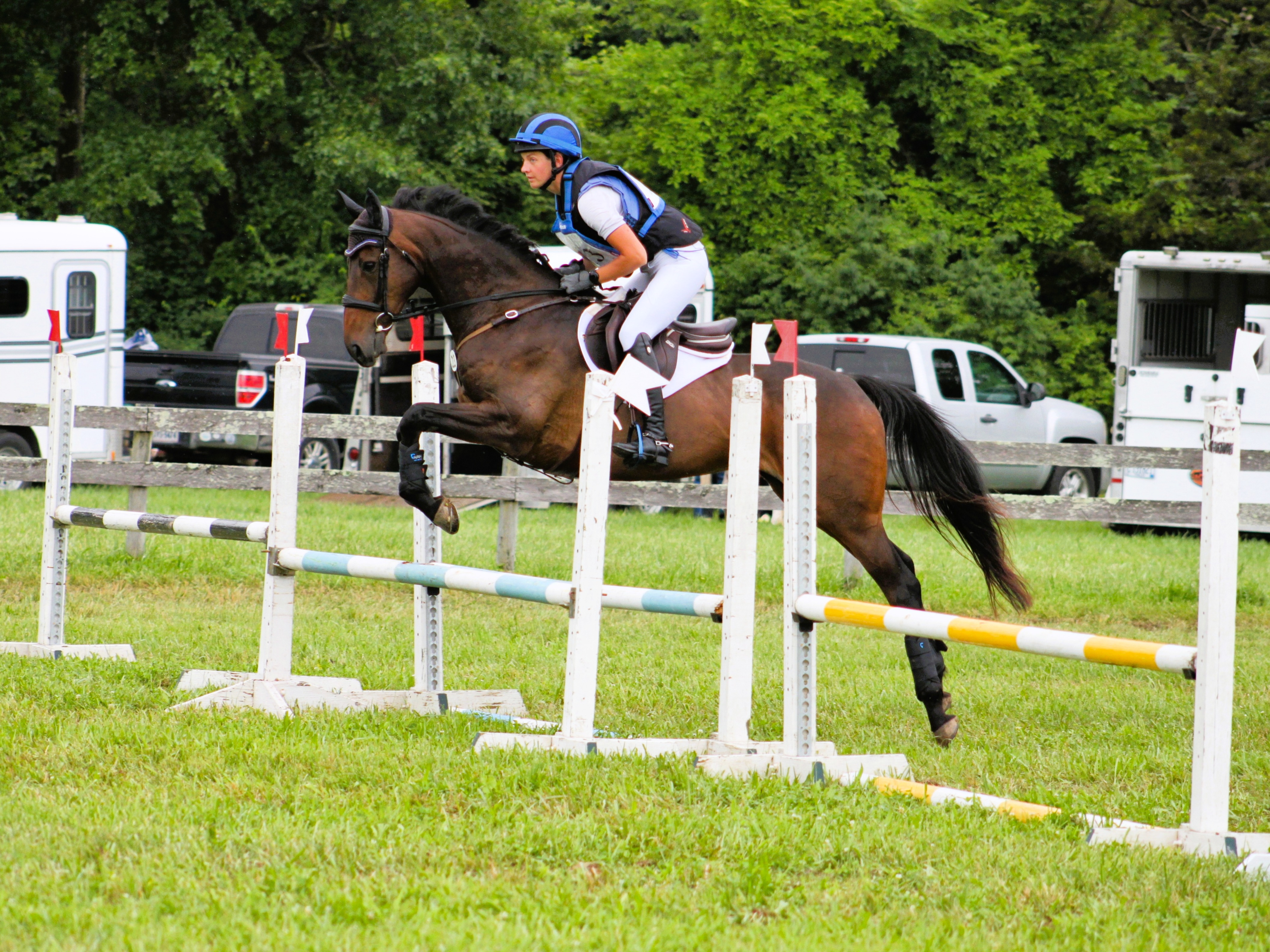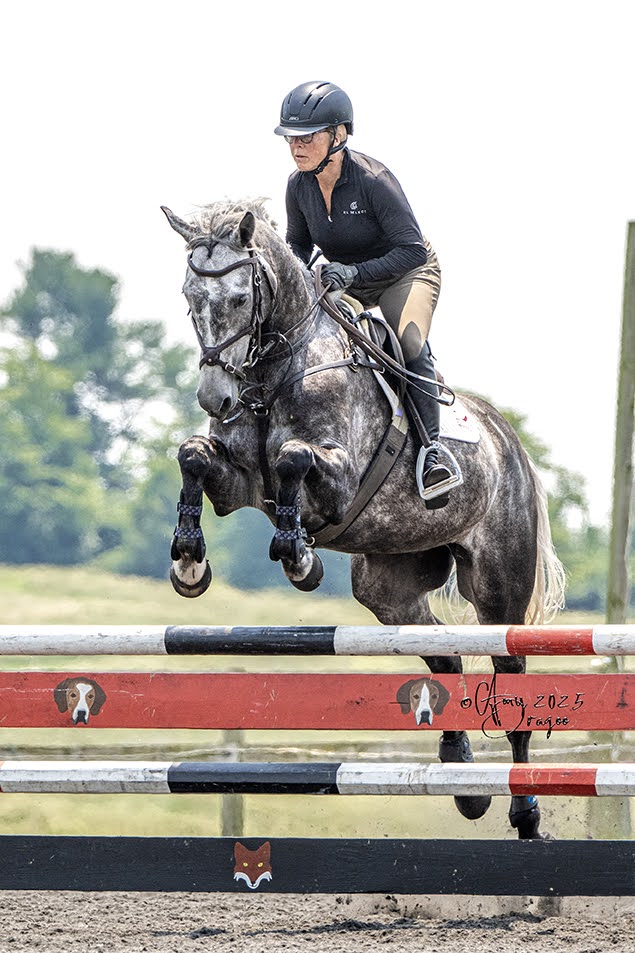Summer is upon us, and the flies are out in force. Here are five sure-fire ways to help keep the flies off your horses and out of your barn.

Canva/CC
We may just be getting into summer “officially”, but let’s be honest: the flies declared summer in session long ago. Given the amount of humidity we’ve been experiencing (pretty much non-stop), we’re rolling into the barn like this:

But the flies are loving it and they are out in force (something like this):

So, in an effort to help you keep your horses happy, healthy, and fly free, here are five tips to help keep those flies at bay.
1. Practice Good Stable and Pasture Management
There’s a proverb that says an ounce of prevention is worth a pound of cure. Never is this more true than when it comes to fly control at your barn. One of the best ways to keep flies off your horses is to encourage flies not to hang around your horses’ digs. The best way to do that is to practice good pasture and barn management.
- Start with daily manure removal — especially from stalls, paddocks, and turnout areas. Any smaller or confined spaces you horse will be, try to keep manure free. 💩
- Keep all waterers, buckets, and troughs clean. Removing algae and debris will make those water sources less appealing to the flying buggers.
- Store feed in sealed bins and remove any leftover hay.
- Finally, work to make sure the property has proper drainage. Avoid muddy and wet areas where flies will breed. I have to admit, this is a particularly difficult endeavor at my barn (after all, the farm is named Spring Hollow Farm because of all the springs). So, I do what I can and work to keep the horses out of the particularly wet areas during fly season.
- Hang fly traps in areas that attract the insects (but won’t bother your horses) so that you can catch the ones that do show up.

Canva/CC
2. Use GOOD Topical Fly Repellants
When it comes to fly sprays, wipes, roll-ons, and other topical repellants, I am a huge believer in quality, not quantity. We’ve all seen fly sprays that advertise that they really work, but we also know that not all fly repellants are created equal. Give your horse a hand and use quality fly repellants that actually work.
Naturally, I am a huge fan of EcoVet. There’s nothing more satisfying than spraying my horses’ legs and actually seeing the flies fall off — and then stay away. EcoVet uses a proprietary mixture of naturally occurring fatty acids that confuse and overwhelm the insect’s normal directional ability so the insect cannot locate your horse as its next victim. I use it when I turn out my horses and definitely when they’re in the cross ties getting ready to be ridden or having their feet done (and sometimes I use it on myself…).
3. Employ Biological Fly Control
There are a couple of different options that can help prevent fly larvae from developing in manure. There is feed-through fly control that contains additives that break the fly life cycle by preventing the formation of fly larvae’s exoskeletons when they molt (thereby killing them).

Canva/CC
There are also products (such as Fly Predators) that contain tiny wasps that destroy fly pupae, but are harmless to horses. You spread the product where flies are most likely to reproduce (manure and other moist areas) and the predators go after the flies.
4. Equip Your Horse With Protective Gear
No matter how good your fly spray is and no matter how much you manage the environment, there will be flies. There’s no way around it. So one of the best things you can do to keep your horse from being driven stir crazy by the pesky suckers is to provide protective gear. All of my horses are equipped with fly boots and fly masks (some of them even leave them on!). When it comes to fly boots, I have my favorite brand, of course, but the key for me is whether they stay on, stay up (some will slouch after being worn for only a few days), and don’t chafe or irritate the horses’ skin. As for fly masks, the main factor for me is if the horses keep them on, but for my pony with uveitis, I also take into consideration UV protection.

Aforementioned pony, judging us, in her fly boots and fly mask. Photo by Arden Sloan.
Some of the horses that are especially bothered by the flies also wear fly sheets. Despite being breathable and generally designed for warm weather, I am careful about when I put fly sheets on horses. I don’t want them to overheat or get rained on while they’re wearing their sheets.

Theo looking pretty slick in his fly gear. Photo by DeAnn Long Sloan.
5. Strategic Turnout and Air Flow
When all else fails, and if your facility allows, help out your horse by keeping him in during the hottest and buggiest parts of the day. For the horses at my barn that are the most bothered by bugs, nighttime turnout with their days and twilight hours in the barn really seems to do the trick.

Canva/CC
I make sure that there’s plenty of airflow to keep the flies away and the horses comfortable. My barn has a tendency to be a bit stagnant (it’s not located in the best spot for natural airflow), so I create airflow with the use of fans on the stalls of horses that are in. *Note: This only works if your barn has good airflow and/or a safe way to set up fans.

Our row of stalls in Tennessee in September. Note the use of multiple fans to keep the horses cool and the flies off of them. Photo by Marcella Gruchalak.
I also like to set up high velocity shop fans in the aisle while I am grooming or doing work to keep the air moving and shoo the flies … somewhere my horse and I are not. Of course, these get unplugged when I leave the barn, but they do help keep things comfortable while working.
Some final thoughts on fly prevention:
- Use Integrated Pest Management (IPM): combine all of the above for best results.
- Start early in the season: It’s easier to prevent an outbreak than control one.
- Keep neighbors involved if you’re in a shared agricultural area — flies travel!





















